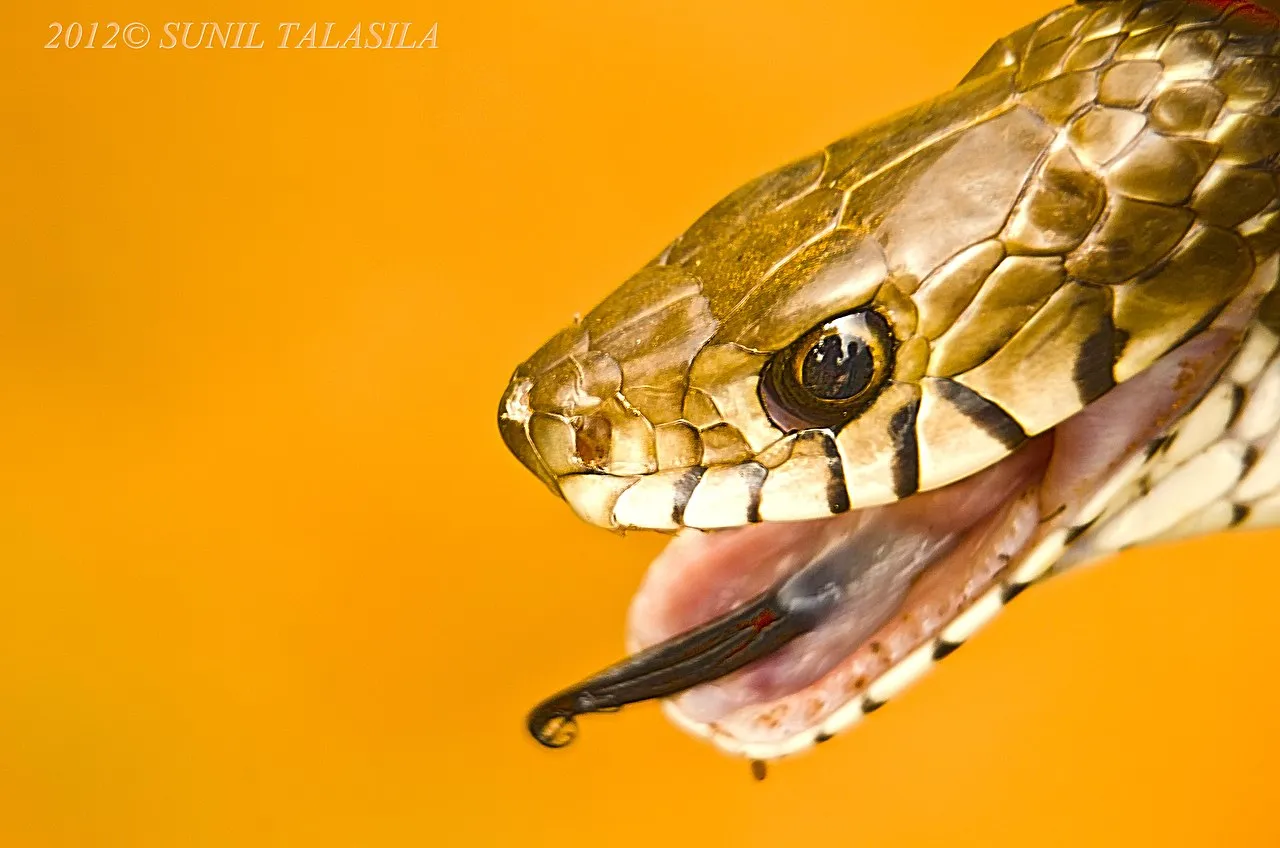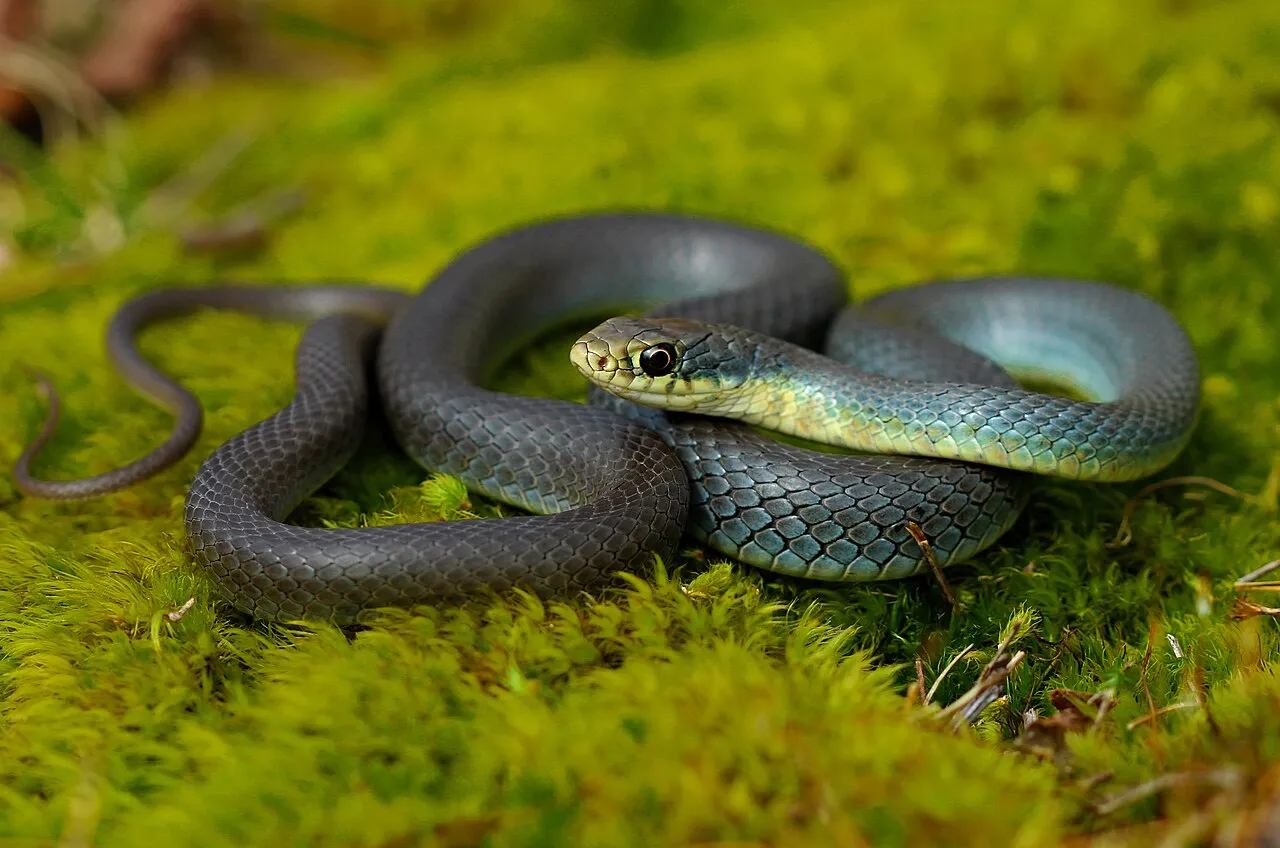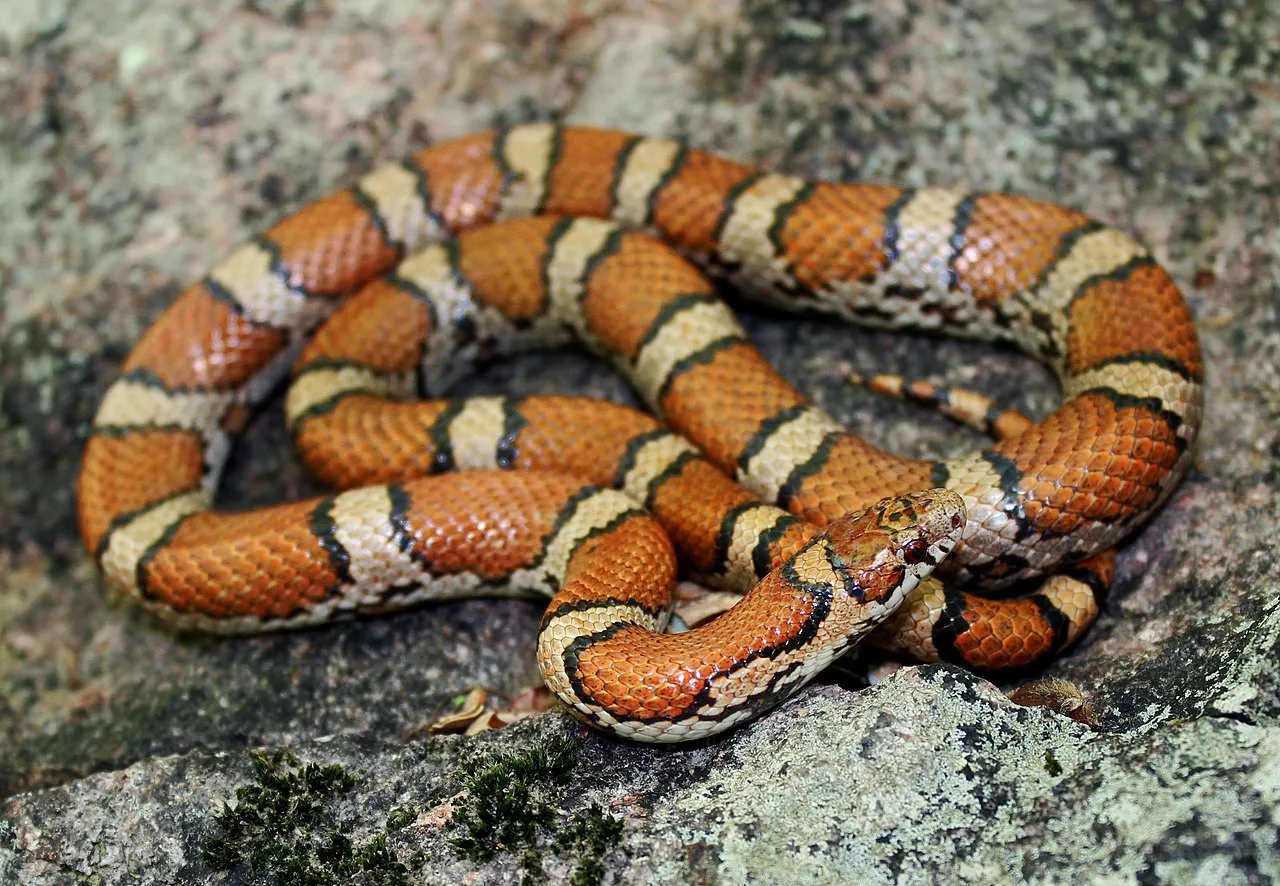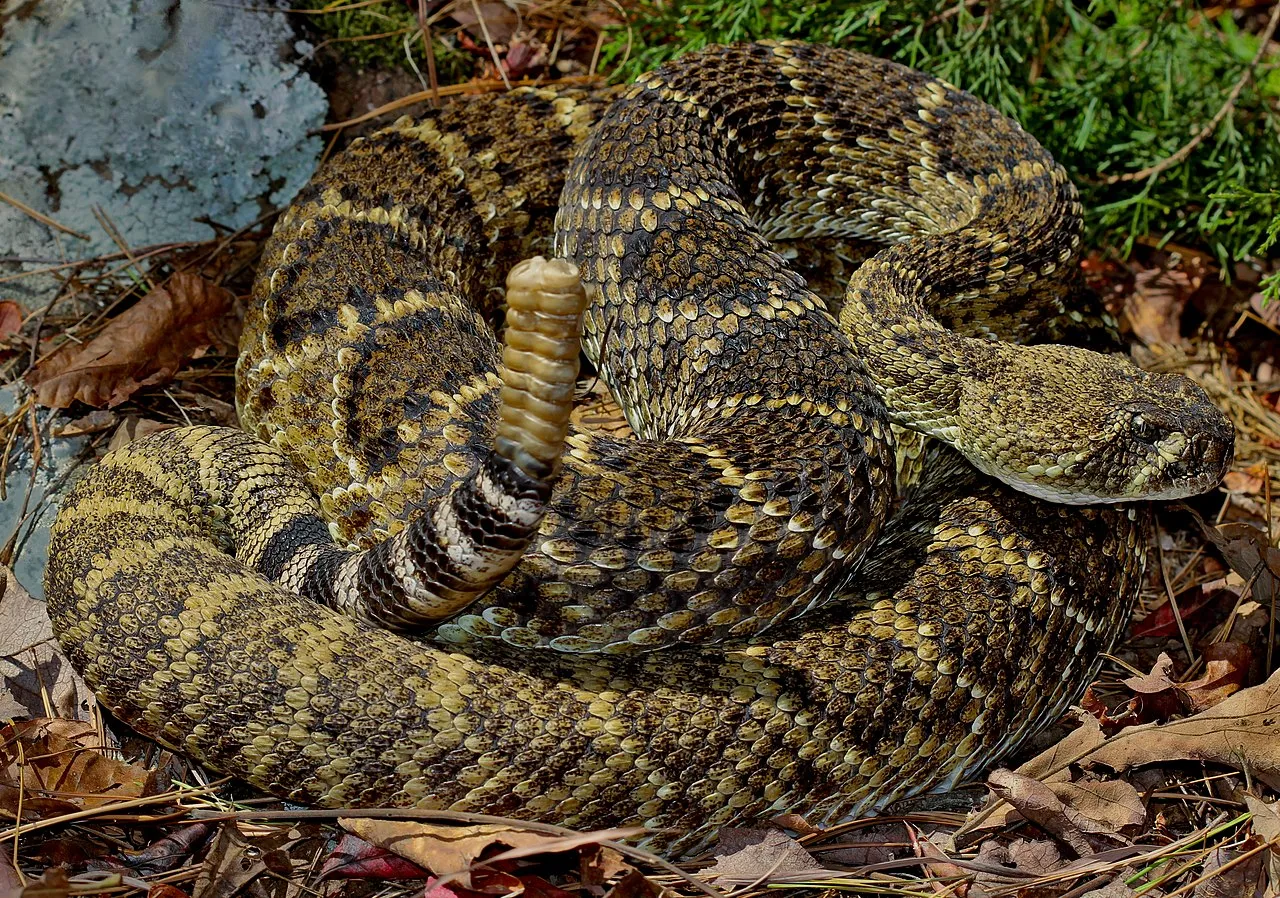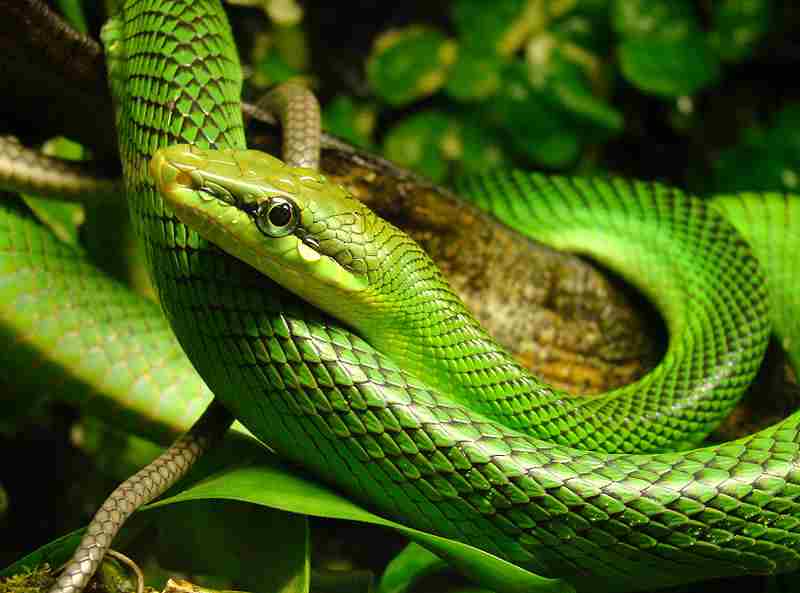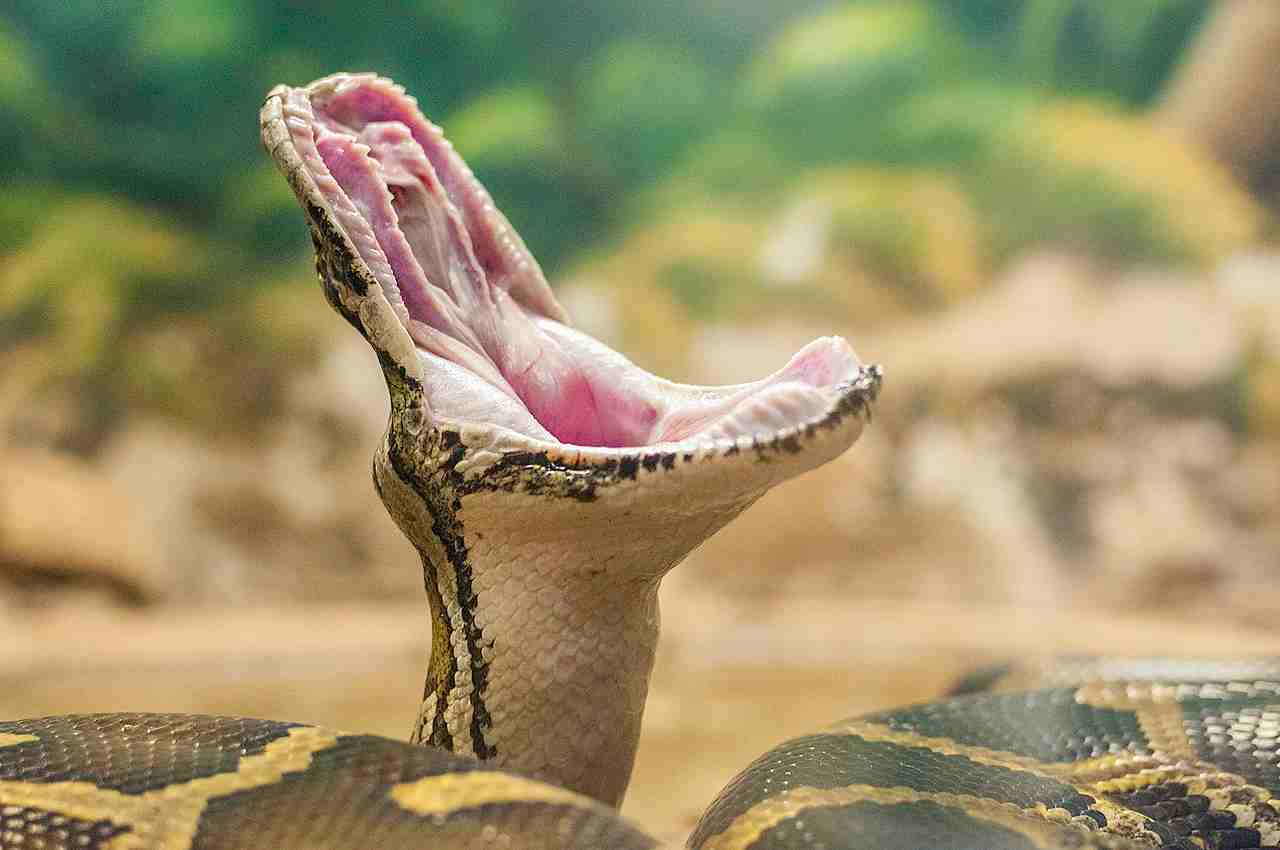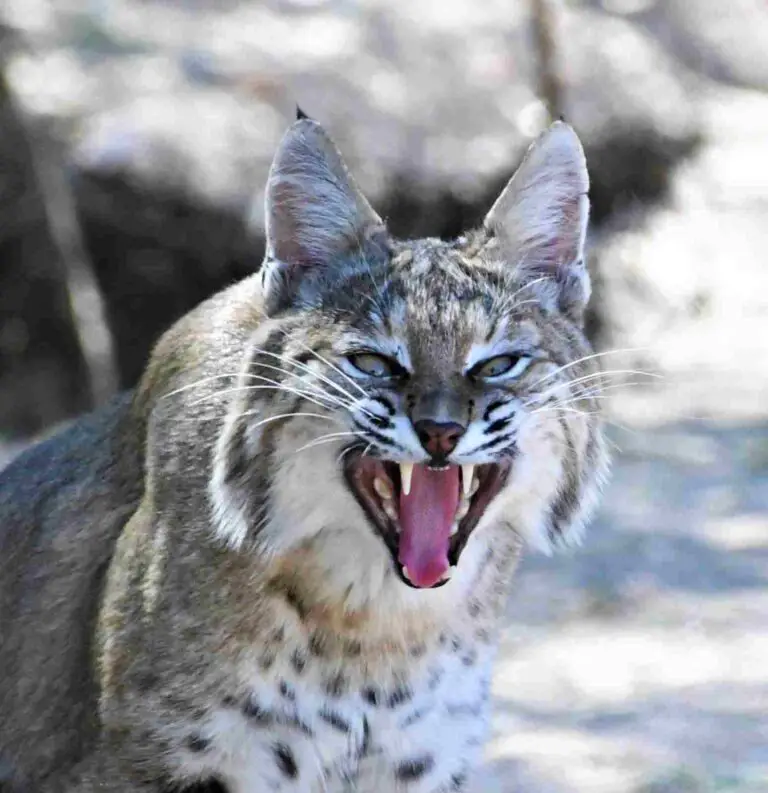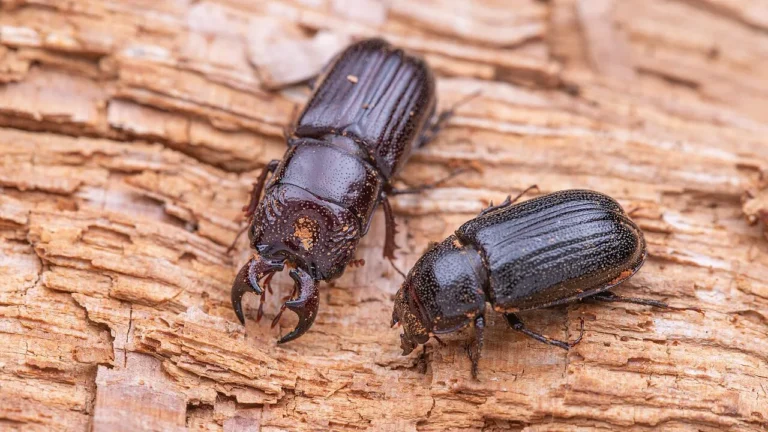Gopher Snake Vs Rattlesnake Fight Prediction, Full Comparison
Gopher snakes, non-venomous constrictors, have a slender body with a patterned appearance resembling rattlesnakes. They primarily rely on mimicry and defensive behaviors, inhabiting diverse habitats across North and Central America. In contrast, rattlesnakes, highly venomous pit vipers, possess stout bodies with dark bands or blotches and utilize venomous fangs and warning signals like rattling their tail for defense. While gopher snakes are harmless to humans, rattlesnakes can pose a potential danger due to their venomous bite. Both species play vital roles in their ecosystems, contributing to rodent control and overall biodiversity.
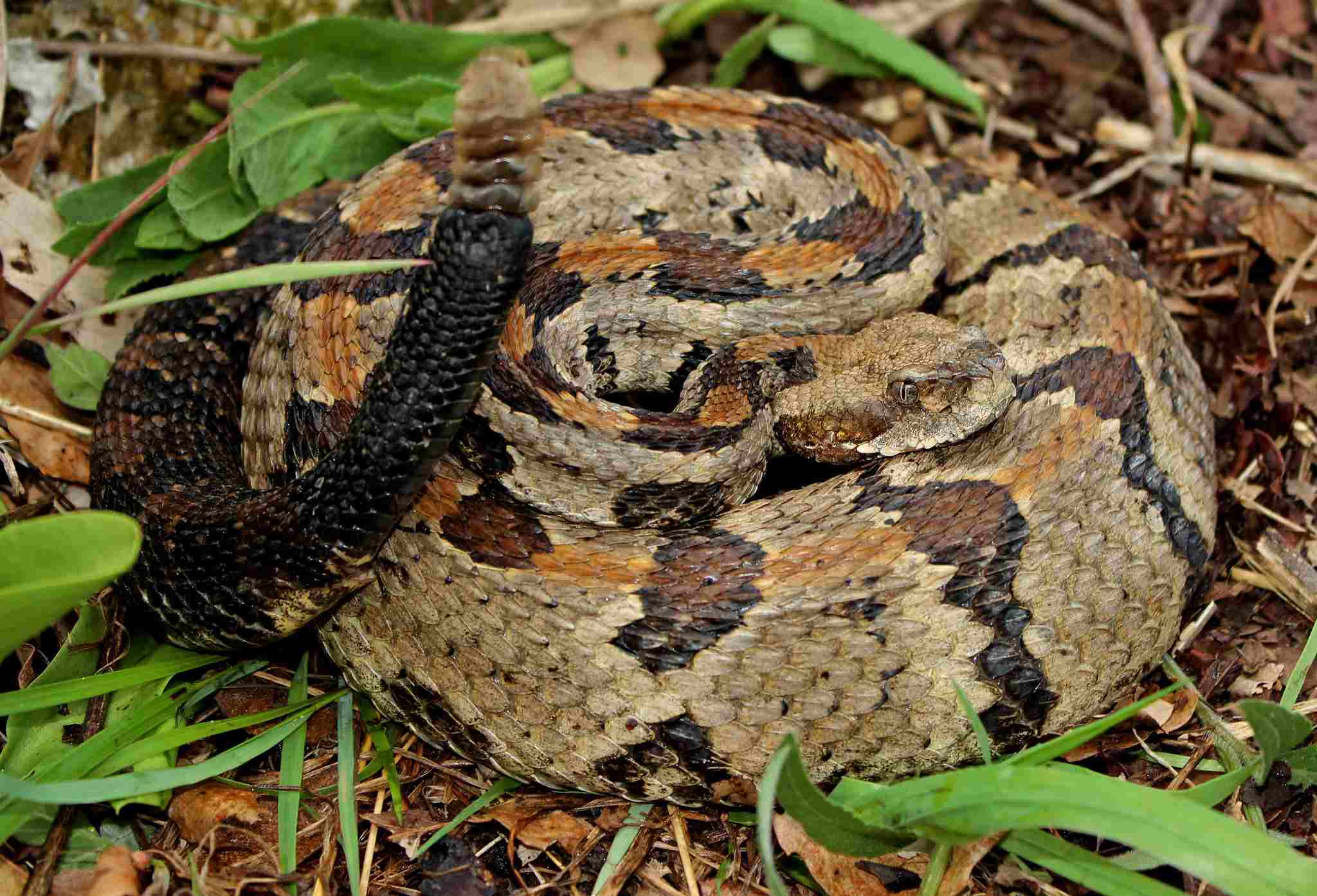
*Details of Comparison
1. Taxonomy:
Gopher Snake (Pituophis spp.): Belongs to the Colubridae family, specifically the genus Pituophis. They are non-venomous constrictors and are commonly found in North and Central America.
Rattlesnake (Crotalus spp.): Belongs to the Viperidae family, specifically the genus Crotalus. They are venomous pit vipers and are native to the Americas, with various species distributed across North and South America.
2. Appearance:
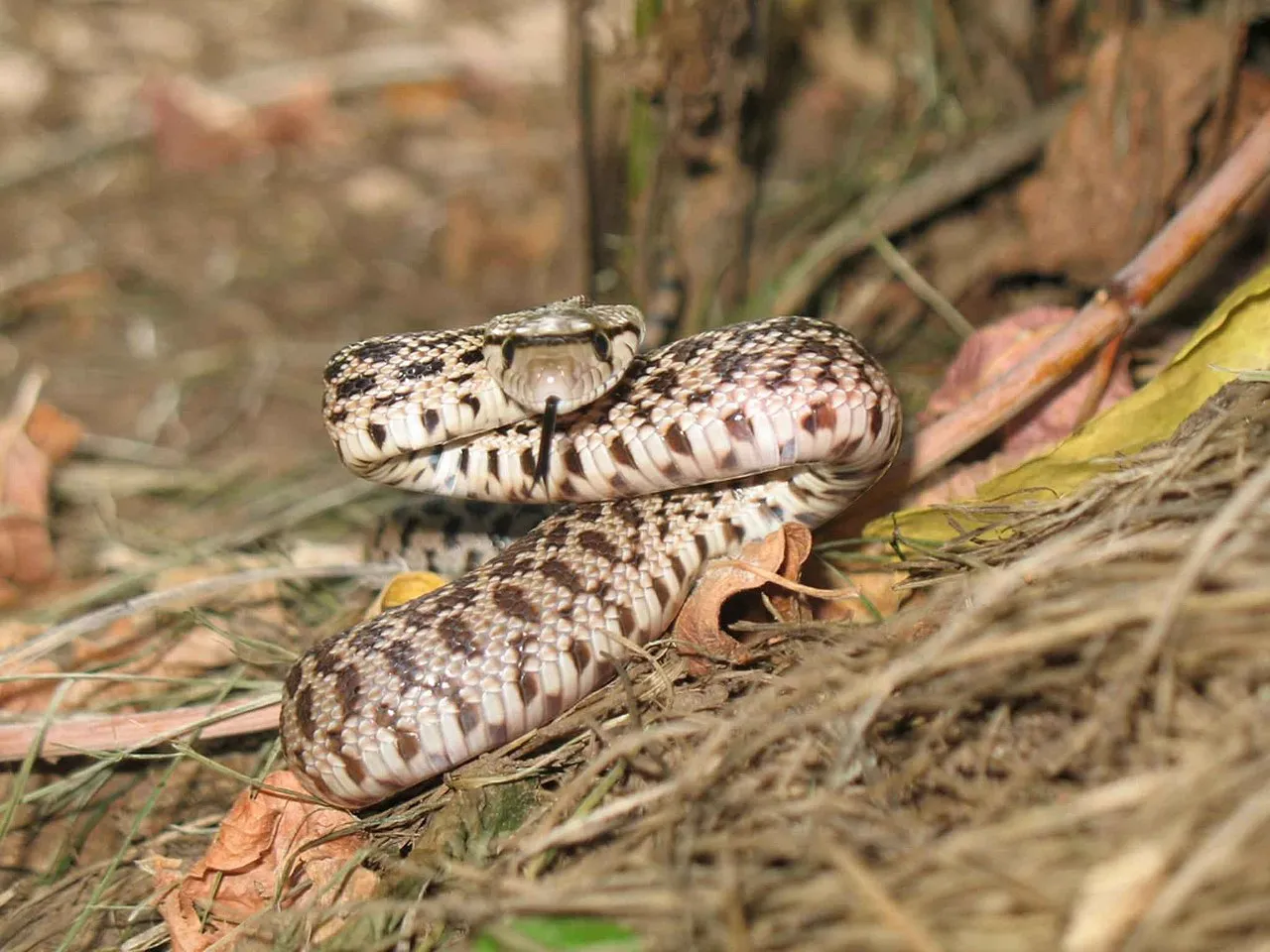
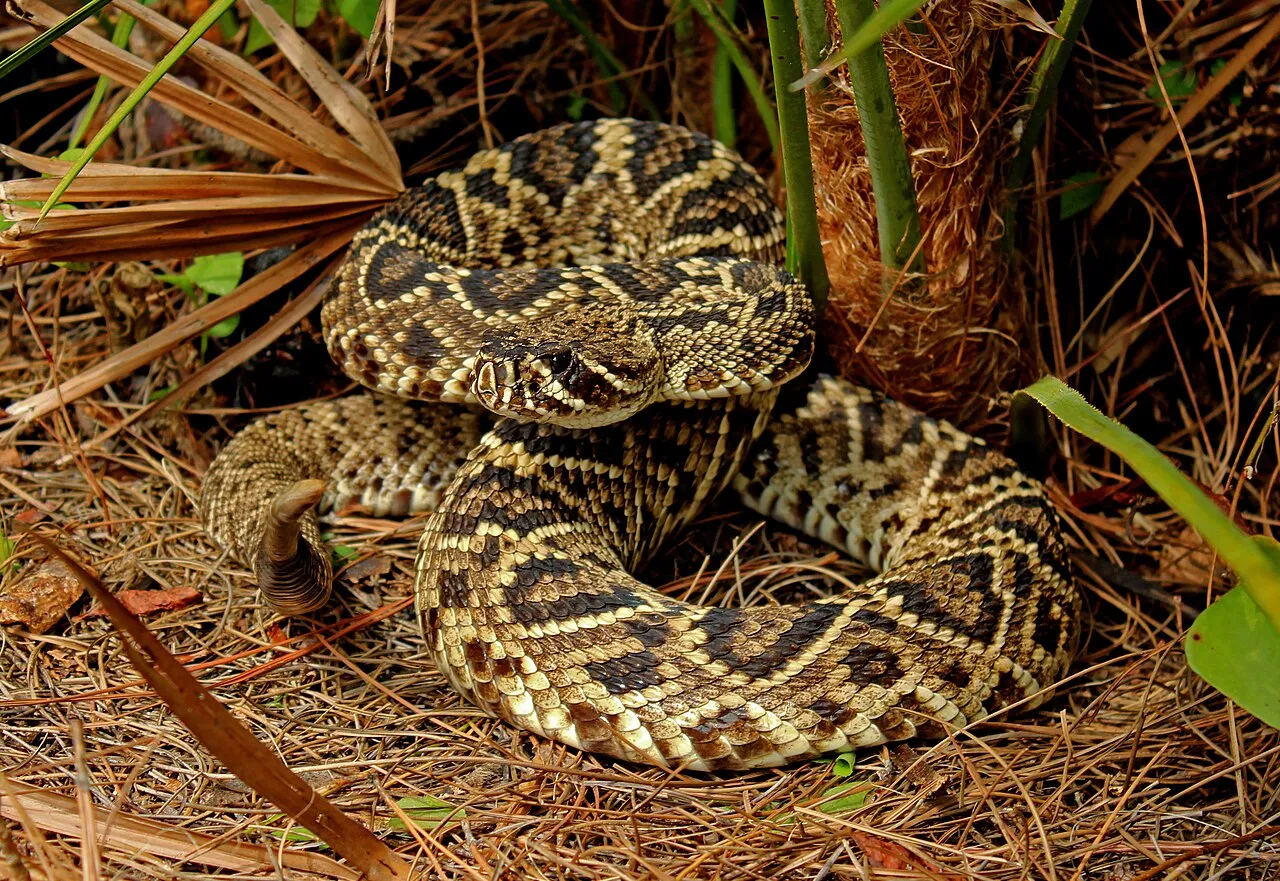
Gopher Snake: Typically has a slender body with a patterned appearance resembling that of a rattlesnake, featuring blotches or stripes along its length. Colors can vary from yellowish-brown to reddish-brown, with some species exhibiting darker markings.
Rattlesnake: Characterized by a stout body with a distinct triangular-shaped head. Their bodies are covered in scales and feature a series of dark bands or blotches along their length. Colors vary among species but commonly include shades of brown, gray, or tan.
3. Head and Tail Morphology:
Gopher Snake: Possesses a relatively narrow and elongated head compared to the bulkier, triangular head of rattlesnakes. The tail of the gopher snake tapers gradually to a pointed tip.
Rattlesnake: Features a broad, triangular head with prominent venom glands located behind their eyes. The tail is thicker and ends in a characteristic rattle composed of loosely interlocking segments.
4. Venomous Potency:
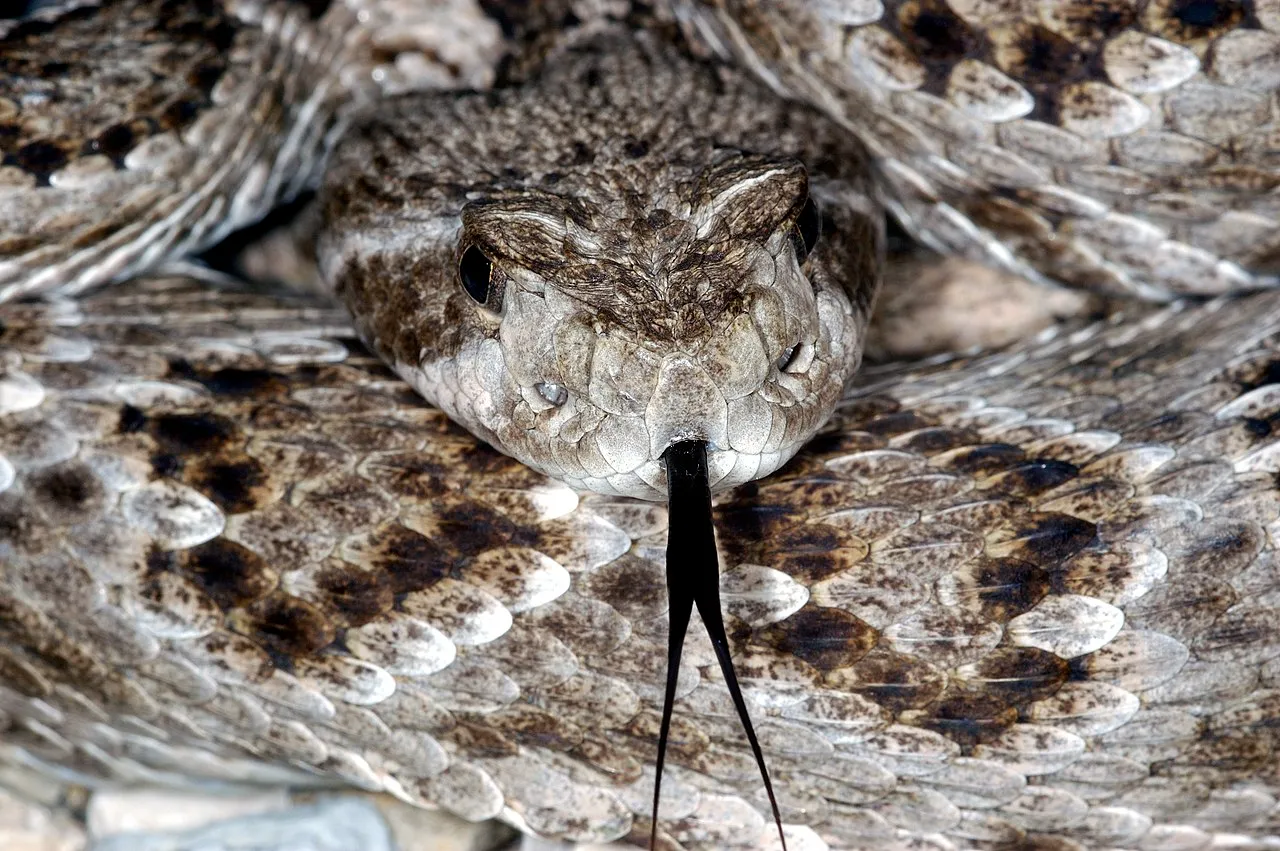
Gopher Snake: Non-venomous; they incapacitate prey through constriction rather than injecting venom.
Rattlesnake: Highly venomous; their venom is potent and designed for subduing prey as well as defense against predators or threats.
5. Size:
Gopher Snake: Typically ranges in size from 3 to 6 feet in length, depending on the species and geographical location.
Rattlesnake: Sizes vary significantly among species, with some species being relatively small at around 1 to 2 feet, while others can grow to lengths exceeding 6 feet.
6. Weight:
Gopher Snake: Their weight can range from a few hundred grams to over a kilogram, depending on their size and age.
Rattlesnake: Weights vary widely among species, but adult rattlesnakes can weigh anywhere from a few hundred grams to several kilograms, with larger individuals typically found in species with larger body sizes.
7. Bite Force (PSI):
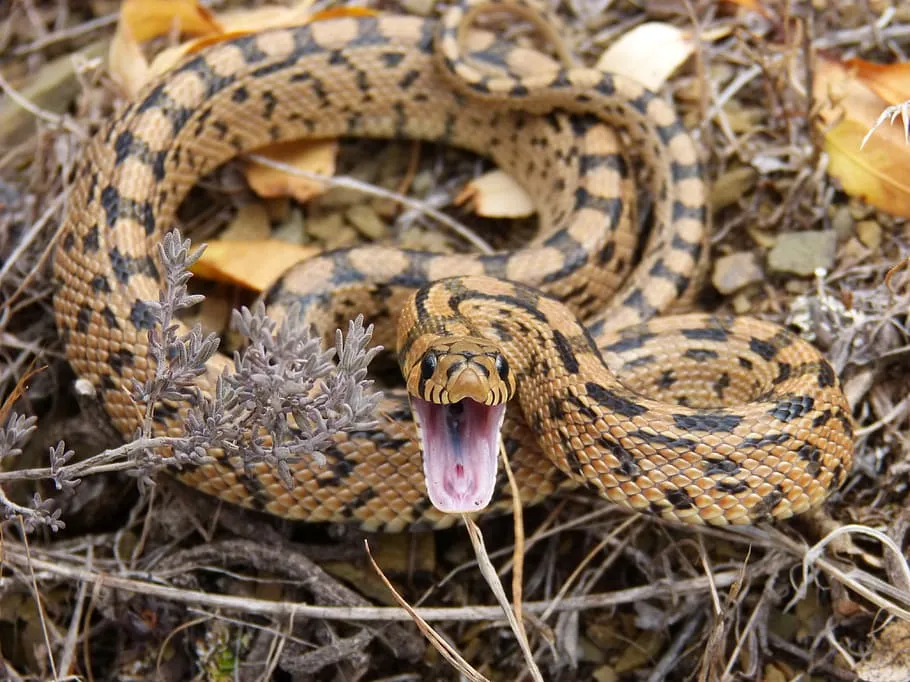
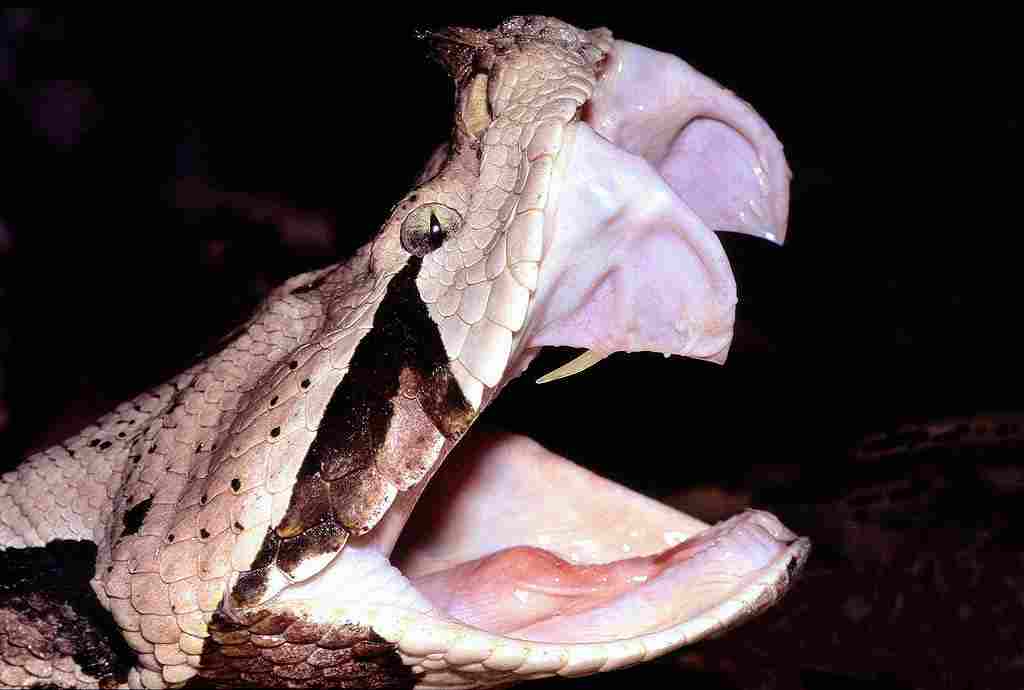
Gopher Snake: Non-venomous, so they do not possess specialized venom delivery systems like fangs and venom glands. Therefore, their bite force is not measured in PSI.
Rattlesnake: Rattlesnakes have powerful jaws capable of delivering a bite with significant force. PSI measurements can vary among species but can exceed 600 PSI in some cases, allowing them to inject venom effectively into prey or predators.
8. Physical Offensive Advantages:
Gopher Snake: Relies on camouflage and mimicry to deter predators. Their resemblance to rattlesnakes can deter some predators, and they may also exhibit defensive behaviors such as hissing or vibrating their tails.
Rattlesnake: Possesses venomous fangs and potent venom, providing a potent offensive weapon for subduing prey and defending against threats. Additionally, their rattling tail serves as a warning signal to potential threats.
9. Physical Defensive Advantages:
Gopher Snake: Utilizes mimicry, camouflage, and defensive behaviors to avoid predation. Their resemblance to rattlesnakes can deter some predators, and they may also coil and strike or emit a musk odor as defensive tactics.
Rattlesnake: Relies on its venomous bite and warning signals, such as rattling its tail, to deter predators. Additionally, their cryptic coloration and patterns help them blend into their surroundings, providing camouflage against potential threats.
10. Speed (Km/hour or Mile/hour):
Gopher Snake: Capable of moving relatively quickly when necessary, but their typical speed is moderate, ranging from a few kilometers per hour to around 8-10 miles per hour when actively hunting or escaping predators.
Rattlesnake: Generally slower-moving compared to gopher snakes, with an average speed ranging from 2-3 miles per hour. However, they can strike quickly when threatened or when capturing prey.
11. Agility:
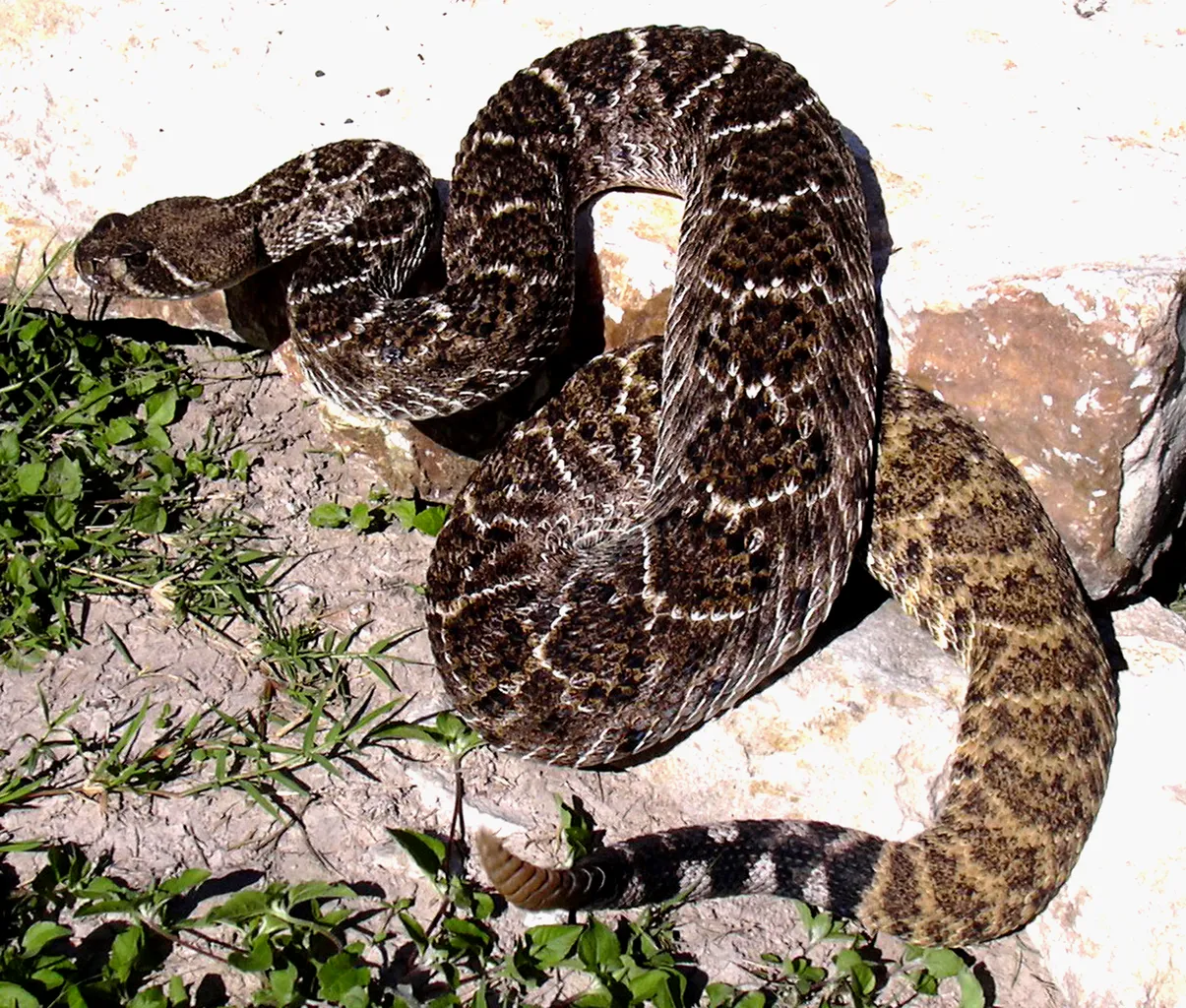
Gopher Snake: Exhibits moderate agility, allowing them to navigate various terrains and habitats effectively. They are proficient climbers and can also burrow underground when needed.
Rattlesnake: Although not as agile as some non-venomous snakes, rattlesnakes possess sufficient agility to ambush prey and defend themselves against predators. They can strike with precision and accuracy when targeting prey or warding off threats.
12. Senses:
Gopher Snake: Relies primarily on its keen sense of smell to locate prey and navigate its environment. They also have excellent vision and can detect vibrations, allowing them to perceive potential threats or opportunities.
Rattlesnake: Possesses highly specialized sensory organs, including heat-sensing pits located between their eyes and nostrils, which enable them to detect infrared radiation emitted by warm-blooded prey. They also have well-developed vision and a keen sense of smell, which aid in hunting and navigation.
13. Overall Physical Capacity:
Gopher Snake: Exhibits moderate physical capabilities, including agility, speed, and sensory perception, which enable them to survive and thrive in diverse habitats.
Rattlesnake: Possesses a formidable combination of physical attributes, including venomous fangs, heat-sensing pits, and specialized hunting behaviors, making them highly efficient predators within their respective ecosystems.
14. Habitat Preference(s) and Geographic Region:
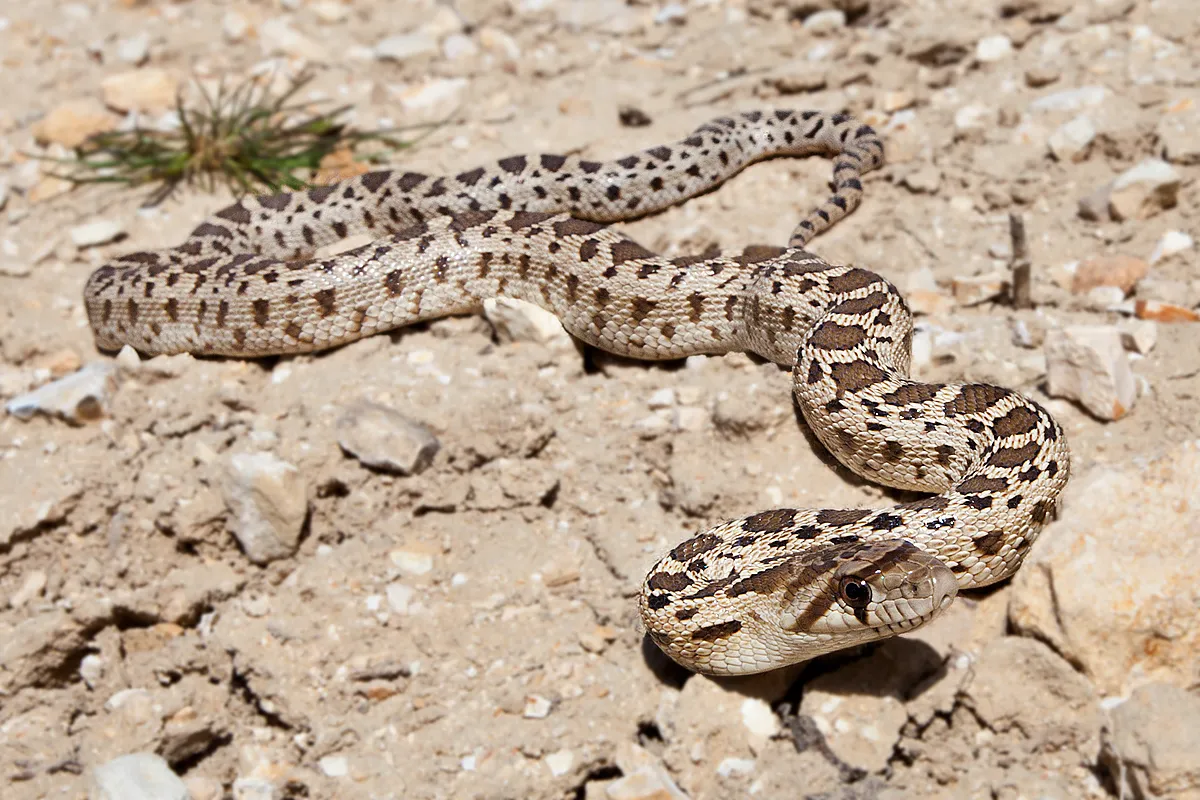
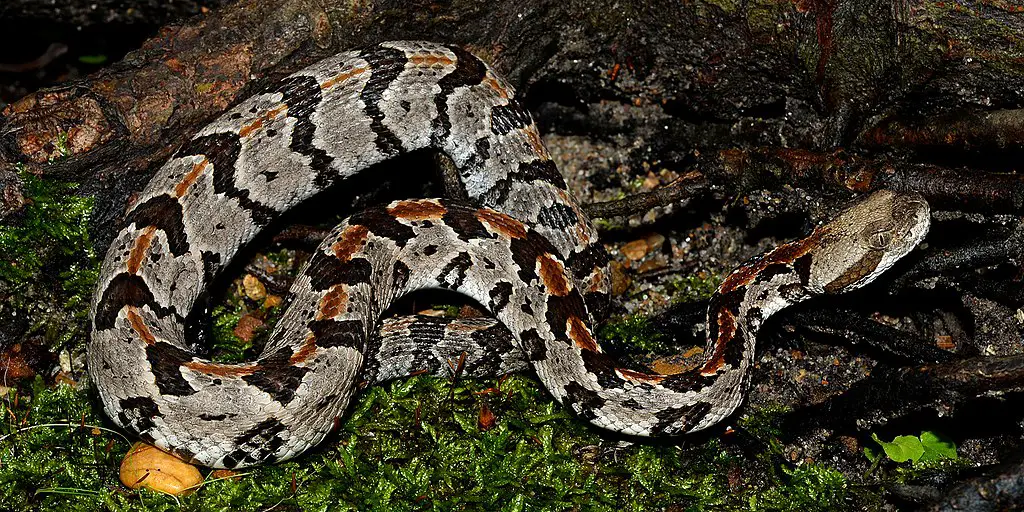
Gopher Snake: Found in a variety of habitats, including grasslands, forests, deserts, and agricultural areas, throughout North and Central America. They are adaptable and can thrive in diverse environments, from arid deserts to humid woodlands.
Rattlesnake: Inhabit a wide range of ecosystems, including deserts, grasslands, forests, and rocky hillsides, throughout the Americas. They are particularly common in regions with warm climates, such as the southwestern United States and parts of Central and South America.
15. Tracks:
Gopher Snake: Leaves behind tracks characterized by a series of paired imprints, with the body dragging between them. The tracks typically show a straight-line pattern with occasional deviations as the snake navigates obstacles or changes direction.
Rattlesnake: Leaves behind tracks with a distinctive pattern of paired imprints separated by a gap, resembling a wide letter “S.” The tracks may show variations in width and depth depending on the substrate and the snake’s movement.
16. Lifespan:
Gopher Snake: Typically lives for around 12 to 15 years in the wild, although some individuals may survive for up to 20 years or more under favorable conditions.
Rattlesnake: Lifespan varies among species, with smaller species generally living for 10 to 15 years and larger species potentially reaching 20 years or more in the wild.
17. Mode of Feeding:
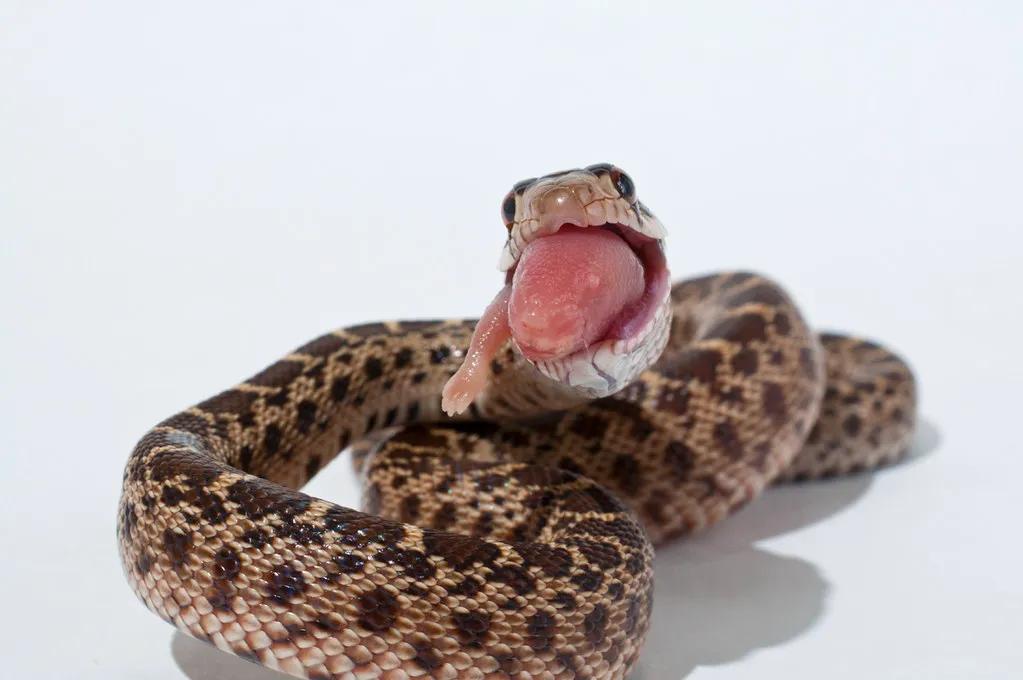
Gopher Snake: Constricts and swallows prey whole, primarily targeting small mammals such as rodents, birds, and reptiles. They may also consume eggs and occasionally feed on insects or amphibians.
Rattlesnake: Hunts using a sit-and-wait ambush strategy, relying on stealth and camouflage to surprise prey. Once within striking distance, they deliver a venomous bite to subdue the prey before swallowing it whole. Rattlesnakes primarily feed on small mammals such as rodents, rabbits, and birds, but they may also consume lizards and other snakes.
18. Intelligence:
Gopher Snake: Considered to have moderate intelligence among snakes. They exhibit behaviors such as mimicry, burrowing, and hunting strategies that demonstrate cognitive abilities adapted to their environment.
Rattlesnake: While not possessing complex cognitive abilities like mammals, rattlesnakes display behaviors indicative of learning and problem-solving, such as ambush hunting techniques and selective use of venom based on prey size.
19. Social Behavior:
Gopher Snake: Generally solitary animals except during the breeding season or when seeking shelter in communal hibernation sites during winter months. They may exhibit territorial behavior, particularly in areas with abundant food resources.
Rattlesnake: Typically solitary except during the breeding season or when congregating in communal dens during colder months. Some species may exhibit limited social interactions, such as mating rituals or aggregating in communal basking sites.
20. Mode of Reproduction:
Gopher Snake: Reproduces sexually, with males seeking out females for mating during the breeding season. Females lay eggs, typically in underground burrows or other concealed locations, and provide no parental care beyond egg deposition.
Rattlesnake: Also reproduces sexually, with courtship rituals involving male-female interactions, including scent marking and physical displays. Most rattlesnake species give birth to live young (viviparity), although some species lay eggs (oviparity). Female rattlesnakes may exhibit maternal care by guarding the eggs or attending to newborn offspring for a short period after birth.
21. Parental Behavior:
Gopher Snake: Exhibits minimal parental care, with females depositing eggs in concealed locations and providing no further care once the eggs are laid.
Rattlesnake: Some species of rattlesnakes display maternal care, with females guarding eggs or newborn offspring for a period after birth. However, paternal care is absent, and offspring are typically left to fend for themselves shortly after birth or hatching.
22. Proximity to Human-Inhabited Areas:
Gopher Snake: Often found in close proximity to human-inhabited areas, including suburban neighborhoods, agricultural lands, and parks. They may enter residential areas in search of prey, shelter, or suitable habitat.
Rattlesnake: Rattlesnakes can also be found in habitats adjacent to human-inhabited areas, such as suburban neighborhoods, parks, and rural properties. Encounters with rattlesnakes may occur when humans venture into their natural habitats or when rattlesnakes seek refuge in human-altered environments.
23. Behavior Toward Humans:
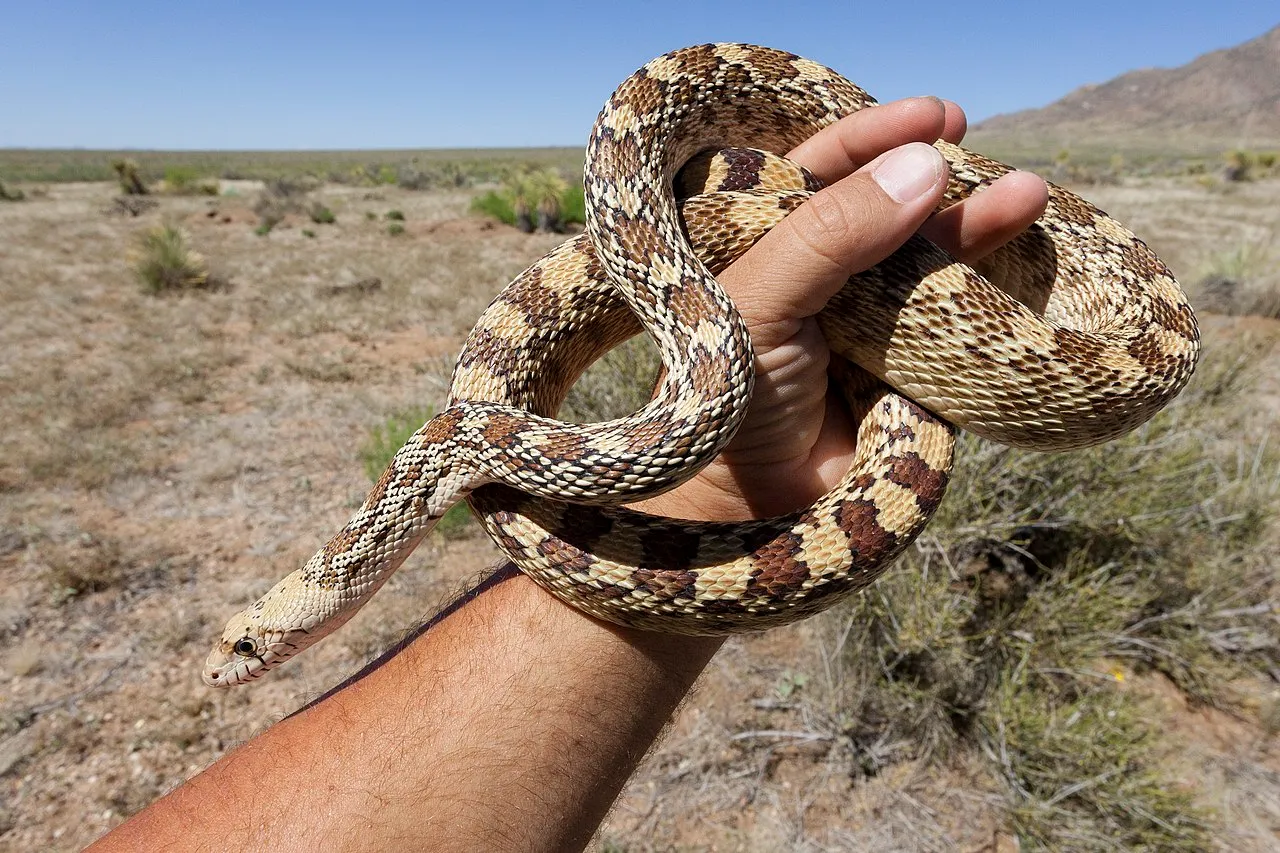
Gopher Snake: Generally shy and non-aggressive toward humans, preferring to avoid confrontation and retreat when encountered. They may exhibit defensive behaviors such as hissing or vibrating their tails but are not known to attack humans unless provoked.
Rattlesnake: Typically avoidant of humans but may strike defensively if threatened or cornered. Rattlesnakes often provide warning signals such as rattling their tails or adopting a defensive posture before resorting to biting. Encounters with humans can be dangerous due to the potential for envenomation.
24. Danger Posed to Humans:
Gopher Snake: Considered harmless to humans, as they are non-venomous and rarely bite except in self-defense. Their bite, if it occurs, is not medically significant and usually results in minor puncture wounds.
Rattlesnake: Poses a potential danger to humans due to their venomous bite. Rattlesnake bites can cause serious injury or even death if left untreated, as their venom is capable of causing tissue damage, organ failure, and other systemic effects.
25. Associated Precautions:
Gopher Snake: Generally no specific precautions are necessary when encountering gopher snakes, as they are harmless and beneficial for controlling rodent populations. However, it’s essential to avoid handling them unnecessarily to prevent stress or injury to the snake.
Rattlesnake: Precautions should be taken to avoid encounters with rattlesnakes, particularly in regions where they are prevalent. These precautions may include staying on designated trails, wearing appropriate footwear, using a flashlight at night, and being cautious when reaching into areas where snakes may be hiding. If bitten by a rattlesnake, prompt medical attention is essential.
26. Conservation Status:
Gopher Snake: Overall, gopher snakes are not considered threatened or endangered species. They are relatively abundant and widespread throughout their range and are not subject to significant conservation concerns. However, localized threats such as habitat loss, road mortality, and persecution by humans may impact certain populations.
Rattlesnake: Conservation status varies among rattlesnake species, with some facing threats such as habitat loss, persecution, and illegal collection for the pet trade. Certain species of rattlesnakes are listed as threatened or endangered due to declining populations caused by habitat degradation, fragmentation, and human encroachment. Conservation efforts aimed at protecting rattlesnake habitats and mitigating human-snake conflicts are essential for their long-term survival.
*Summary of Comparison
Taxonomy:
Gopher Snake (Pituophis spp.): Colubridae family, genus Pituophis, non-venomous.
Rattlesnake (Crotalus spp.): Viperidae family, genus Crotalus, venomous pit viper.
Appearance:
Gopher Snake: Slender body with patterned appearance resembling rattlesnake.
Rattlesnake: Stout body, triangular head, dark bands or blotches on body.
Head and Tail Morphology:
Gopher Snake: Narrow, elongated head; tapered tail.
Rattlesnake: Broad, triangular head; thick tail ending in rattle.
Venomous Potency:
Gopher Snake: Non-venomous, constricts prey.
Rattlesnake: Highly venomous, delivers potent venom via bite.
Size:
Gopher Snake: 3-6 feet in length.
Rattlesnake: Varies widely, from 1 to over 6 feet.
Weight:
Gopher Snake: Few hundred grams to over a kilogram.
Rattlesnake: From a few hundred grams to several kilograms.
Bite Force (PSI):
Gopher Snake: Not applicable.
Rattlesnake: Can exceed 600 PSI in some species.
Physical Offensive Advantages:
Gopher Snake: Relies on mimicry and defensive behaviors.
Rattlesnake: Possesses venomous fangs and warning signals.
Physical Defensive Advantages:
Gopher Snake: Mimicry, camouflage, and defensive behaviors.
Rattlesnake: Venomous bite, camouflage, and warning signals.
Speed:
Gopher Snake: Up to 8-10 miles per hour.
Rattlesnake: Typically 2-3 miles per hour.
Agility:
Gopher Snake: Moderate agility, proficient climbers.
Rattlesnake: Sufficient agility for ambush hunting and defense.
Senses:
Gopher Snake: Keen sense of smell and vision.
Rattlesnake: Heat-sensing pits, vision, and smell.
Overall Physical Capacity:
Gopher Snake: Moderate physical capabilities.
Rattlesnake: Formidable combination of physical attributes.
Habitat Preference(s) and Geographic Region:
Gopher Snake: Diverse habitats in North and Central America.
Rattlesnake: Various ecosystems throughout the Americas.
Tracks:
Gopher Snake: Series of paired imprints with body drag.
Rattlesnake: Paired imprints resembling a wide “S.”
Lifespan:
Gopher Snake: Around 12-15 years.
Rattlesnake: Varies by species, up to 20+ years.
Mode of Feeding:
Gopher Snake: Constricts and swallows prey whole.
Rattlesnake: Ambush hunting, venomous bite, swallows prey whole.
Intelligence:
Gopher Snake: Moderate intelligence, exhibits adaptive behaviors.
Rattlesnake: Displays learning and problem-solving behaviors.
Social Behavior:
Gopher Snake: Generally solitary, except during breeding.
Rattlesnake: Typically solitary, except during breeding or hibernation.
Mode of Reproduction:
Gopher Snake: Sexual reproduction, egg-laying.
Rattlesnake: Sexual reproduction, viviparous or oviparous.
Parental Behavior:
Gopher Snake: Minimal parental care.
Rattlesnake: Some species exhibit maternal care.
Proximity to Human-Inhabited Areas:
Gopher Snake: Found near human habitats.
Rattlesnake: Also found in habitats near humans.
Behavior Toward Humans:
Gopher Snake: Generally shy, non-aggressive.
Rattlesnake: Avoidant but may strike if threatened.
Danger Posed to Humans:
Gopher Snake: Harmless, non-venomous.
Rattlesnake: Potentially dangerous due to venom.
Associated Precautions:
Gopher Snake: No specific precautions needed.
Rattlesnake: Caution needed to avoid encounters, prompt medical attention if bitten.
Conservation Status:
Gopher Snake: Generally not threatened.
Rattlesnake: Varies by species, some are threatened due to habitat loss and human activities.
| Criteria | Gopher Snake | Rattlesnake |
| Taxonomy | Colubridae family, genus Pituophis |
Viperidae family, genus Crotalus
|
| Appearance | Slender body, patterned appearance |
Stout body, triangular head, dark bands
|
| Head and Tail Morphology | Narrow head, tapered tail |
Broad head, thick tail ending in rattle
|
| Venomous Potency | Non-venomous, constricts prey |
Highly venomous, delivers potent venom via bite
|
| Size | 3-6 feet |
Varies widely, 1 to over 6 feet
|
| Weight | Few hundred grams to over a kilogram |
Few hundred grams to several kilograms
|
| Bite Force (PSI) | Not applicable |
Can exceed 600 PSI
|
| Physical Offensive Advantages | Relies on mimicry and defensive behaviors |
Possesses venomous fangs and warning signals
|
| Physical Defensive Advantages | Mimicry, camouflage, and defensive behaviors |
Venomous bite, camouflage, and warning signals
|
| Speed | Up to 8-10 miles per hour |
Typically 2-3 miles per hour
|
| Agility | Moderate agility |
Sufficient for ambush hunting and defense
|
| Senses | Keen sense of smell and vision |
Heat-sensing pits, vision, and smell
|
| Overall Physical Capacity | Moderate physical capabilities |
Formidable combination of physical attributes
|
| Habitat Preference | Diverse habitats in North and Central America |
Various ecosystems throughout the Americas
|
| Lifespan | Around 12-15 years |
Varies by species, up to 20+ years
|
| Mode of Feeding | Constricts and swallows prey whole |
Ambush hunting, venomous bite, swallows prey whole
|
| Intelligence | Moderate intelligence |
Displays learning and problem-solving behaviors
|
| Social Behavior | Generally solitary |
Typically solitary, except during breeding or hibernation
|
| Mode of Reproduction | Sexual reproduction, egg-laying |
Sexual reproduction, viviparous or oviparous
|
| Parental Behavior | Minimal parental care |
Some species exhibit maternal care
|
| Proximity to Human-Inhabited Areas | Found near human habitats |
Also found in habitats near humans
|
| Behavior Toward Humans | Generally shy, non-aggressive |
Avoidant but may strike if threatened
|
| Danger Posed to Humans | Harmless, non-venomous |
Potentially dangerous due to venom
|
| Associated Precautions | No specific precautions needed |
Caution needed to avoid encounters, prompt medical attention if bitten
|
| Conservation Status | Generally not threatened |
Varies by species, some are threatened due to habitat loss and human activities
|
